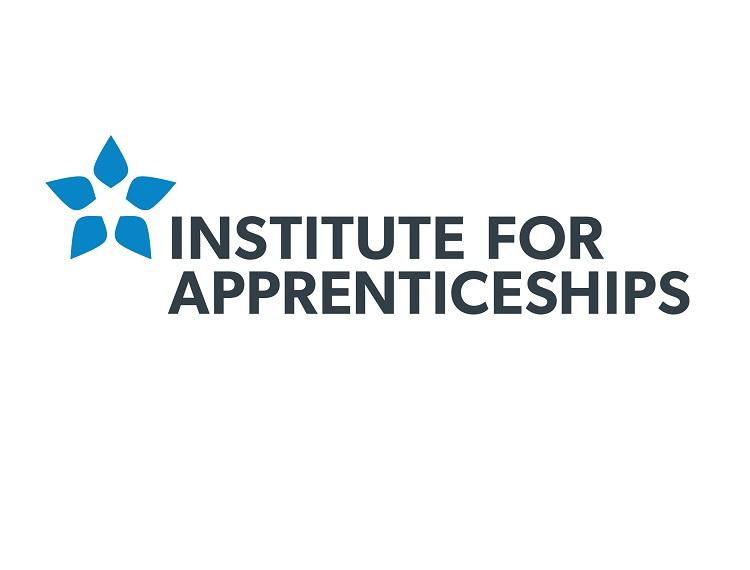Formworker

Reference Number: ST0461
Details of standard
Occupational profile
Formwork is internationally recognised as an innovative technique that is used to form concrete structures across the entire infrastructure, from constructing roads, rail, bridges, underground structures to high-rise concrete buildings.
Concrete technology has developed significantly over the past 50 years and continues to do so, with structures being formed stronger, vaster and spanning wider. This has only been achieved by the continued application of new formwork techniques.
Formworkers contribute to the construction of projects through the preparation, installation and quality management of all stages of the formwork and falsework process. Preparing falsework that provides temporary support structures for forms and undertake formwork. This includes producing panels and fittings that mould to form a desired shape with concrete, such as slabs, support beams, columns and walls.. They are involved in the entire envelope of the construction industry: including all the major over ground and underground projects across the UK such as Thameslink, Tideway, HS2, Battersea Power Station, Manchester Tram System, A14, Glasgow School of Art and Hinkley Point. The skills gained can be used world-wide and can also be a stepping stone to for your career i.e. supervisory and management roles.
Requirements: Knowledge, Skills and Behaviour (KSBs)
A competent Formworker, on completion of the Apprenticeship Standard, will meet the following requirements, some of which are transferable across Construction Sector:
|
Knowledge |
Understanding of |
|
Health, Safety and Environment |
The principles of health, safety and welfare and how it must be applied in relation to work and others and their responsibilities under current legislation, (including the Health and Safety at Work Act 1974; Provision and Use of Workplace Equipment 1998; Manual Handling Operation Regulations 1992) and official guidance to when carrying out formwork activities, including safe erection, use and dismantling of falsework The different and safe techniques required to move, handle and store resources and how risk assessments, methods statements and manufacturers’ guidance relate to their activities |
|
Communication |
How to communicate with others and follow organisational procedures to conform to productive work practices Affects that poor communication could have on the overall process and how the use of communication correctly would improve teamwork. |
|
Planning, preparing and organising work |
The material application relevant in accordance with the contract specification and planning the sequence of works involved with other construction trades. How to interpret and produce building information and use of relevant equipment to produce drawings correctly. |
|
Technical |
How to form, assemble repair, erect and strike formwork and is aware of the different formwork systems including traditional and proprietary and their applications. The principles of building methods and construction technology, different types of building structures and their impact on their energy efficiency levels. Comprehends how to use and maintain hand tools, power tools and ancillary equipment and is able to interpret/ apply information from drawings and specifications |
|
Skill |
The ability to |
|
Communication |
Communicate in a clear and appropriate manner (verbal, written, body language). Adjusts communication to suit different situations, individuals or teams. |
|
Health, Safety and Environment |
Apply general workplace health, safety and welfare requirements when undertaking construction formworking/falseworking activities. Practice safe working techniques for moving, lifting and handling traditional and proprietary formwork system; which will include working at heights and using access equipment. |
|
Planning, preparing and organising works |
Demonstrate knowledge of planning and able to undertake different methods of construction used to build structures productively. Competent to read, interpret and apply information from drawings, specifications and construction information. Takes ownership of allocated projects and effectively manages own time. |
|
Building Relationship |
Use a range of methods used to communicate workplace requirements effectively and demonstrate how key personnel should communicate effectively within a team. |
|
Technical |
Form and assemble horizontal and vertical formwork as per design drawings and repair, erect and strike formworking. Erect, Strike formwork/ falsework and its components for a range of applications including wall, slabs/bases, columns, beams and precast units to support concrete. Competent to safely use, store and maintain hand tools, power tools and ancillary equipment. |
|
Behaviour |
What is required |
|
Flexibility |
Shows willingness to adjust their approach to help organisation and individuals to manage their different priorities as situations change. |
|
Self- management |
Is proactive and takes ownership of assigned tasks and effectively manages own time. Logically thinks using clear and valid reasoning when making decision to undertake the work instruction Works effectively with others and completes work in a reliable and productive manner. |
|
Health, Safety and Environment |
Promotes and applies safe, healthy and environmental working methods and standards Ensures personal wellbeing and others safety, be able to resist pressures to work following unsafe practices when striking / erecting formwork / falsework and taking clear responsibility for completion of their own work. |
|
Building Relationship |
Actively seeks to build good and sustainable relationships with work colleagues. Consistently aims to support individuals and co-operate to achieve results as part of a team. |
|
Communication |
Applies equality, diversity and inclusion when working/communicating respectfully in team and with other trades. |
|
Personal development |
Takes ownership of their own development by assessing their own skills, qualities and set goals to maximise their potential. |
Duration
It is anticipated that candidates will typically complete the Apprenticeship within 18 to 24 months, depending on prior qualifications and relevant work experience.
Qualifications
Apprentices without Level 1 English and Maths will need to achieve this level during the apprenticeship and take the test for Level 2 English and Maths prior to taking end point assessment. Individuals undertaking this standard will achieve the Level 2 NVQ Diploma in Formworking.
Review date
The standard will be reviewed after a maximum of three years.
Crown copyright © 2017. You may re-use this information (not including logos) free of charge in any format or medium, under the terms of the Open Government Licence. Visit www.nationalarchives.gov.uk/doc/open-government-licence











Responses